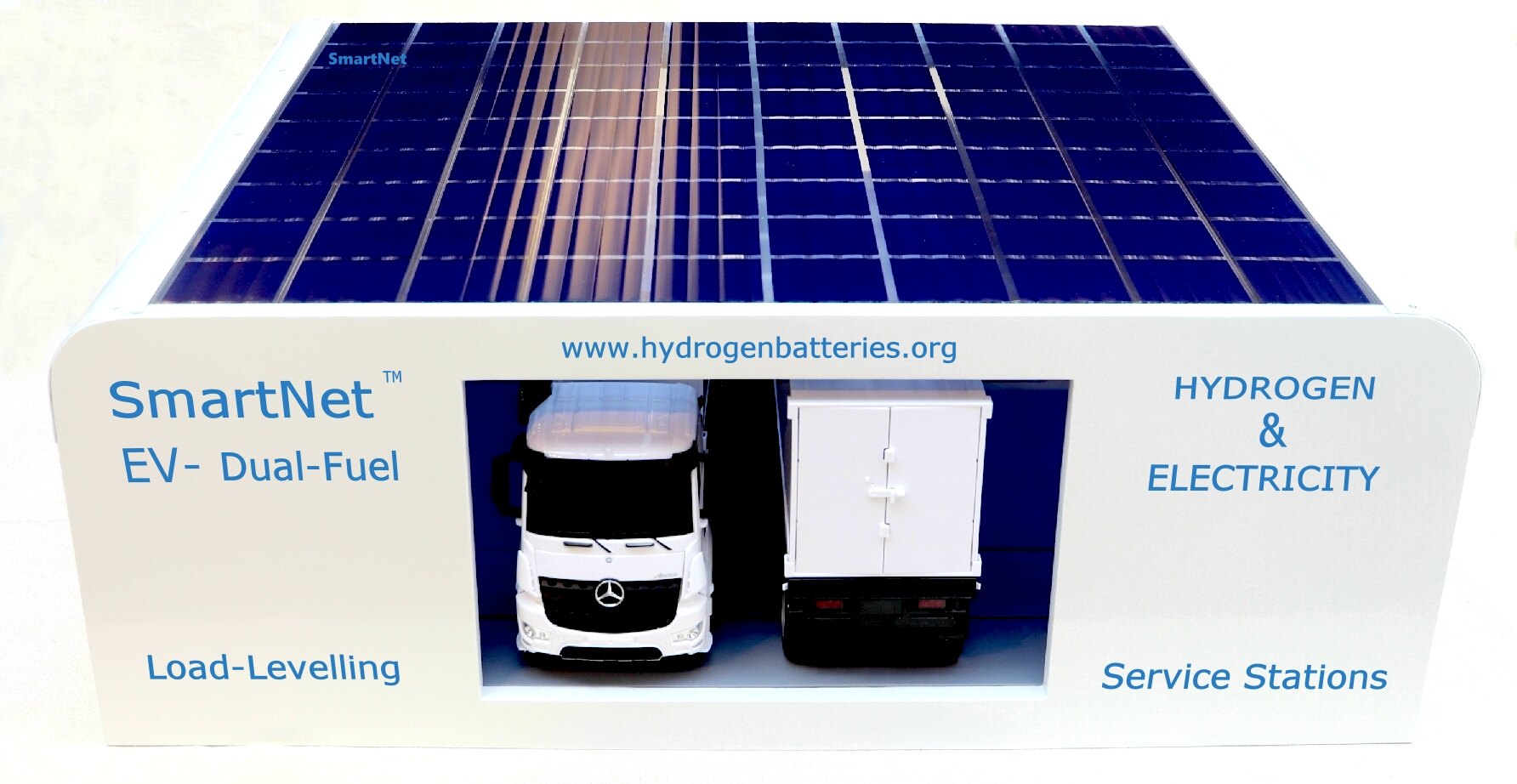|
HYDROGRID™ GREEN HYDROGEN PIPELINE GRID
|
|
|
Better Place were too far ahead of their time with the EV service station above. This advanced unit could exchange battery cartridges in minutes, rather than use plug in charging, but could not cater for hydrogen (compound) fueled vehicles, or offer load levelling for national grids as with the SmartNet™ system we are hoping to develop, as our contribution to sustainable cities and rural communities. Maybe with assistance in the form of fee reduced Green Patents.
High electricity costs in developed nations with privatized grids raise concerns about affordability and access, hindering progress towards UN Sustainable Development Goal 7 (SDG 7) and potentially violating the right to life.
The privatization of existing grids can lead to a focus on shareholder profits over grid modernization and expansion, making electricity less affordable for low-income populations, also impacting on EVs and FCEVs. An alternative to existing high voltage electricity grids, might be an increase in capacity by creating a Hydrogen Grid, running side by side, with any conventional pylon based electricity grid. This would work well with the proposed Dual-Fuel Load-Levelling service, or substations. Or any similar system. The objective being to define a universally acceptable system, for adoption worldwide.
Whatever and however this may come about, the or any hydrogen grid must remain in public ownership and a national asset. It must not be allowed to fall into private investors hands. And no further monopoly situations should be dished out.
The market as it stands is not competitive. It is a sham. Another political con, from the master Tory con-artist of all time: Margaret Thatcher. No wonder the British voting public are demanding change. But what choice do they have. British politics is like a 'See-Saw' between just two parties. Perhaps, in the/any shake up we need proportional representation? To break the political 'Yo-Yo' cycle, and finally get back to building a sustainable country, based on sensible renewable energy prices and even exports. As the backbone of morally responsible government.
SMARTER SERVICING - The SmartNet™ system is at the moment just a 1:20 scale model. You can help us turn this concept into a reality by including us in any of the forthcoming UKRI or Horizon Europe cluster 5 calls for proposals - perhaps using the hop-on feature - for existing consortiums. We bring IP and other know-how to the table. The proposed system is ideal for unmanned robotic vehicles, needing to refuel without human assistance - such as long haul heavy goods vehicles and city taxi services.
A GREEN HYDROGEN GRID AS A POTENTIAL SOLUTION
Comparison with Nationalized Grids:
There is an abundance of clean wind and solar energy that can produce green hydrogen and electricity to charge vehicle batteries, but there is no transport infrastructure to support rapid energy exchanges and ammonia or methanol.
Please use our A-Z INDEX to navigate this site, or see HOME
This website is provided on a free basis to promote zero emission transport from renewable energy in Europe and Internationally. Copyright © Universal Smart Batteries and Climate Change Trust 2024. Solar Studios, BN271RF, United Kingdom.
|


